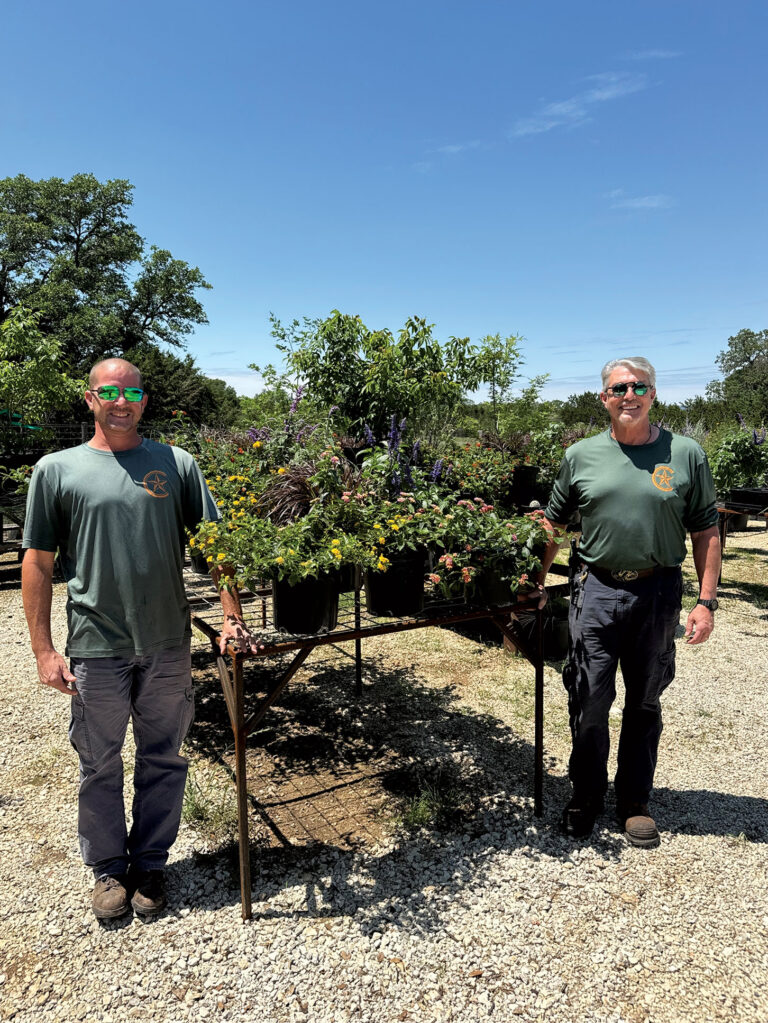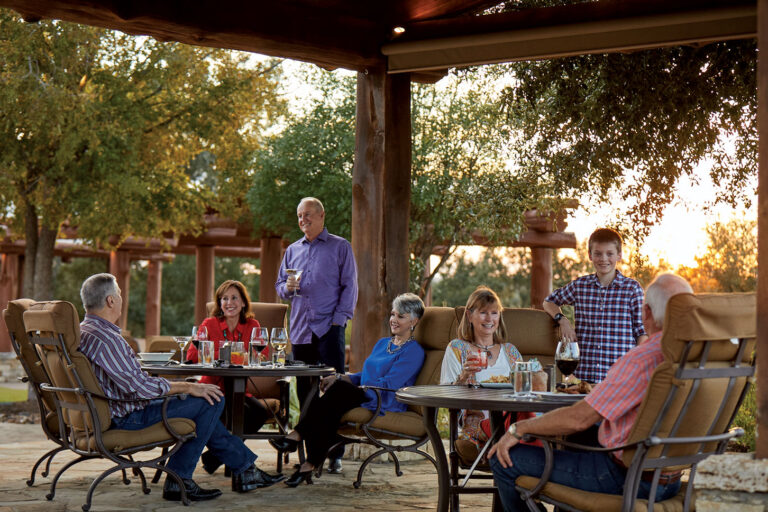By:
Shane Reynolds, Outdoor Recreation Director & Outfitter
With the continued drought conditions in the Texas Hill Country, we’ll have to head to the coast this summer for some fishing trips. Fishing the Texas Coastal Bend offers some of the greatest inshore fishing excitement around.
The Coastal Bend of Texas is generally considered to be about a 150-mile stretch of the Texas Gulf Coast starting at the southern end of Matagorda Island and extending to the Mansfield Cut in Kenedy County at the southern edge of the Padre Island National Seashore. It includes Refugio, San Patricio, Aransas, Nueces, Kleberg and Kenedy Counties.
It has an extensive estuary bay system created by several rivers that wind their way through Texas to the Gulf Coast and are protected by some barrier island systems along the Texas coastline.
STEALTH ON THE FLATS
Kayaks afford inshore anglers stealth when fishing saltwater flats. The shallow, clear flats of the Coastal Bend area, have long been a favorite destination for wade fishing. However, believe it or not, as effective as wade fishing is, fishing from a kayak can be even better.
There is no other craft capable of covering water as shallow and as silently as a kayak. My kayak affords me complete mobility in scant inches of water. Also, I am able to move much more quietly in the kayak than in a boat or wading. With our fleet of Jackson fishing kayaks, standing, spotting, stalking and site casting to fish on the flats has never been more enjoyable.
The kayak advantage is never more defined than it is when covering a shallow flat with a soft, muddy bottom. These areas often hold concentrations of fish, but are difficult and tiresome to wade. A kayak on the other hand allows you to skim along these flats in relative comfort and without the fish-spooking splashing and bottom disturbance that often accompanies wading through knee-deep mud.
Kayaking also allows you to avoid common wade-fishing nuisances such as stingrays and jellyfish while still being able to reach the shallow spots normally reserved for wade fishermen only. Fishing kayaks offer a large amount of storage space and that’s a definite advantage over wading belts and shirt pockets. And, if honey-hole number one is not producing, it is a small inconvenience to paddle off in search of more prosperous waters as opposed to being limited to those that can be reached by foot.
Essentially, a kayak combines a boater’s ability to cover water, store equipment and avoid painful stingrays with the wade fisherman’s ability to fish shallow flats quietly and thoroughly.
WHAT YOU NEED
The most basic and essential piece of equipment is, of course, the kayak itself. There are several manufacturers who offer a wide variety of sizes, styles, colors and options. There are also a few types of fishing kayaks: the paddle craft, the peddle craft and the motorized craft. I will focus on the paddle craft since that is the type of kayak I prefer to fish off of for shallow water flats fishing. The Outfitter Center at Cordillera Ranch offers Jackson and Ocean Kayaks, a few of the best fishing kayak manufacturers on the market. We are also a dealer for these brands and can order you any type of kayak you’d need for the rivers, lakes or bays in Texas. Depending on which make and model you decide on, fishing kayaks can run anywhere from $800 to $3000. For saltwater use, the sit-on-top variety is preferable to the enclosed cockpit style that is popular for river riding. These models usually offer more stability and a large roomy cockpit. Sit-on-tops are also much easier to get in and out of, as well as more comfortable if you plan to spend any length of time on the water. Usually sit-on-tops will come equipped with either recessed storage areas and straps or waterproof hatches. The type of storage you choose is strictly personal preference.
Next, you need to select a paddle. Traditionally, kayakers use double-bladed paddles. However, some fishermen prefer single-blade, canoe-type paddles. The double-bladed paddle gives the user more speed and maneuverability, but can be awkward and clumsy when trying to cast. A short, single-blade model can be easily stored in the cockpit while fishing, but can be tiring to use when paddling substantial distances. Two-piece, double-bladed paddles offer the best of both worlds. They can be used as a double-blade when covering long distances. Once in a fishing area, they can be broken down and used as a single-blade or push-pole for tight quarter maneuvering.
In addition to the kayak and paddle, there are several basic pieces of equipment that are a must on any kayak adventure. First, since you will be fishing, you need to select a rod and reel as well as a reasonable assortment of tackle. While some people opt for mountable rod holders, it is usually easier to lay the rod in the cockpit of the kayak so that it is always available for a quick cast or two. Generally, a small assortment of artificial lures ranging from soft-plastics to top water lures in one or two utility boxes will be adequate. Once underway, these can be tossed into the cockpit within arm’s reach. Since kayaks are light (usually under 75 lbs.), it is advisable to bring a small drift sock to ensure you maintain a fishable speed while drifting. A small mushroom anchor is often helpful if you plan to fish structure or in case of emergency.
Lifejackets should always be worn while kayaking, even in the relatively calm bay waters. Polarized sunglasses, sunscreen and fresh water all help fight the heat.
KEEP IT SAFE, ENJOYABLE
When packing for a kayak trip, pack light but never sacrifice the essentials for a safe, comfortable trip. Things like a first-aid kit, compass, flashlight, sunscreen and water don’t take up much space. However, these items can make all the difference in the world should something go wrong. Before departing, alert someone to your plans. Let them know when you plan to leave, when you expect to be back and what area you intend to explore. Check the wind, tides and weather before embarking on your trip, and always wear a lifejacket while on the water.
If you ever have any questions about fishing the coast or would like to plan a trip with the Club Outfitter staff, don’t hesitate to contact us.
TIGHT LINES!
Here are a few trips we have planned this summer:
Kayak Fishing Aransas Pass
June 11 & 12, 2024
2:30pm (Tues) to 7:00pm (Wed)
Fee: $275
Join the Outfitter staff as we head to Aransas Pass and paddle either the Lighthouse Lakes Trail or Shamrock in search of red fish and speckled trout. The Lighthouse Lakes Paddling Trail was the very first Texas Paddling Trail and is actually a series of four loops ranging in length from 1.25 miles to 6.8 miles. The trails meander through an extensive black mangrove estuary, into sloughs and back lakes near the historic 1857 Lydia Ann Lighthouse on North Harbor Island. Shamrock cove is tucked in between Shamrock Island and Mustang Island on the east shore of Corpus Christi Bay. The water depth in the cove is eight to 10 feet with great structure on every side of it. The eastern shore of Shamrock Island and the inlet on the north end of it, known as Little Shamrock Cove, are good for trout, flounder and redfish. The drop offs to the deeper portions of the cove are good for trout, and the flats and cuts around the cove are prime for redfish. The weather and local conditions will dictate where we fish. We`ll glide through mangroves and seagrass flats that provide outstanding bird watching and fishing for red drum, spotted seatrout and flounder in the maze of tidal channels and flats.
The trip includes kayaks, lodging on Tuesday night, fishing gear if needed, breakfast and lunch on Wednesday and beverages. Dinner on Tuesday night will be on your own as we visit a local Port Aransas restaurant. Participants will need to provide a Texas fishing license and fishing equipment. I have a “What to Bring” list that I`ll be sending participants.
Fishing the Upper Laguna Madre
July 24-26, 2024
3:00pm (Wednesday) to 12:00pm (Friday)
Fee: $575
Join the Outfitter staff as we head to the upper Laguna Madre for incredible boat and wade fishing on the Texas coast. The Upper Laguna Madre is a long narrow bay that runs south from Corpus Christi Bay past Baffin Bay to the Land cut. Its Spanish name is translated to mean “Mother Lagoon.” There are no significant freshwater flows or cuts from the Gulf of Mexico into the Laguna Madre, giving it a higher salinity than most area bays. It’s somewhat closed nature also means that the fish populations tend to stay within the Upper Laguna Madre and Baffin Bay system year-round. The shallow grass flats, shallow cuts and spoil islands created with the dredging of the Intracoastal Waterway, which runs the length of the Laguna Madre, are the key structure that make it a popular area to catch redfish, trout, flounder and black drum.
The trip includes lodging on Wednesday and Thursday nights, breakfast and lunch on Thursday, fishing guide and all fishing equipment, and beverages all day Thursday. Dinner on Wednesday and Thursday night will be on your own as we visit local restaurants. Participants will need to provide a Texas fishing license. I have a “What to Bring” list that I`ll be sending participants.
To RSVP, email Shane at outfitter@cordilleraranch.com or call the Outfitter Center at 830.336.4823.
Shane Reynolds is the Outdoor Recreation Director & Outfitter at The Clubs of Cordillera Ranch. He can be reached at outfitter@cordilleraranch.com and 210.616.6051, or at the Cordillera Ranch Outfitter Center at 830.336.4823.







